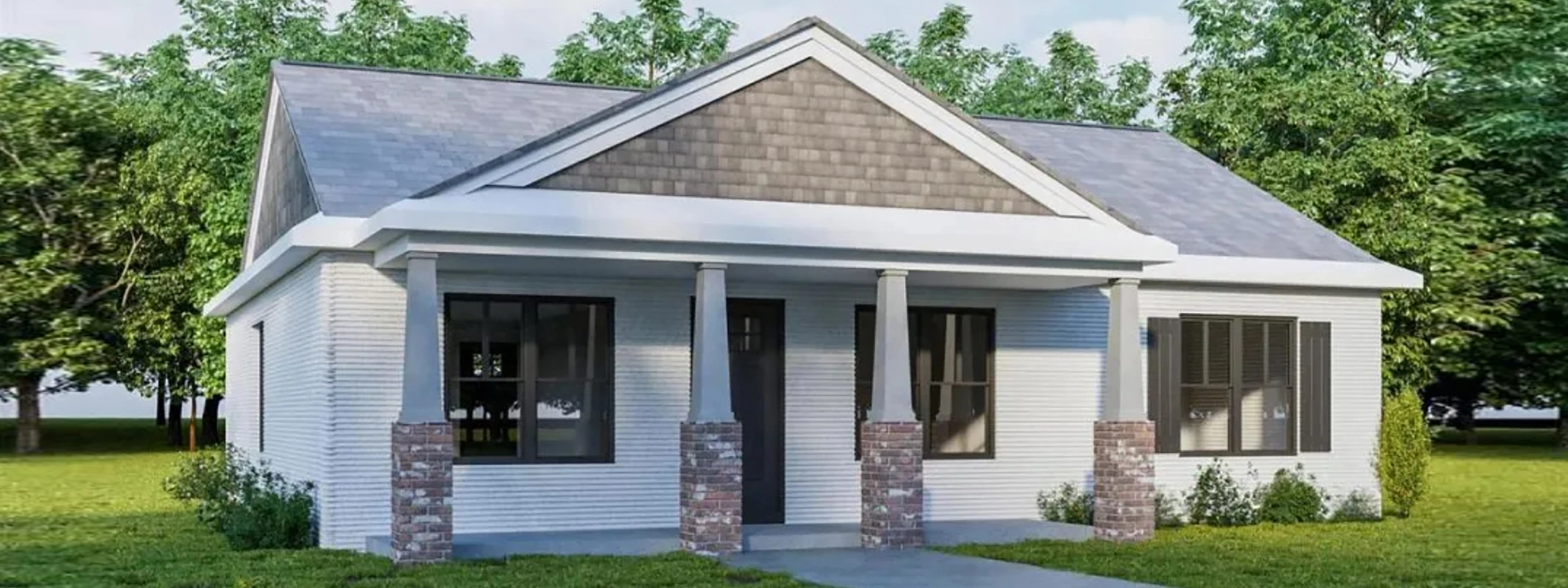Good News
Just Wow! 3D-Printed Homes Cut Construction Time From 4 Weeks to Only 28 Hours
The construction of a conventional home takes the charitable organization Habitat for Humanity at least four weeks.

Habitat for Humanity’s first 3D-printed house was is now April Stringfield’s, a mother who is now the proud owner of the home that was produced in a record amount of time owing to new technology in the building industry. Because of the significant time and financial advantages afforded by 3D printing, the charitable organization is extremely likely to print more homes in the near future.
Homeownership, sometimes known as the “American dream,” is one of the greatest methods to better your economic situation in the United States. Homeownership may help you develop equity and improve your credit score.
As Free Think notes, a mortgage payment may be cheaper and more consistent over the long term than a monthly rent payment. Additionally, there are the additional advantages of not having to worry about retaining your lease or relocating, in addition to having more flexibility to design your house as you see appropriate.
Nevertheless, the price of housing has climbed at a rate that is higher than the typical worker’s pay in the United States, putting homeownership out of reach for millions of working-class Americans.
Habitat for Humanity was established in 1976 with the mission of making homeownership more affordable for low-income families and individuals who were in need of housing. Habitat for Humanity typically accomplishes this mission by constructing new homes with the assistance of volunteers and the future homeowners themselves, Free Think adds.
Habitat for Humanity then offers these properties to eligible purchasers, who have low to moderate incomes and excellent credit, for no profit, taking 300 hours of volunteer work in place of a standard down payment. “What really drives us is that mission for everyone to have a safe, affordable place to live,” Tawkiyah Jordan, senior director of housing for Habitat for Humanity told NBC News. “We’re also interested in multigenerational wealth being developed through homeownership, which is one of the primary mechanisms for wealth generation in our country,” she adds.
Habitat for Humanity’s first 3D-printed home was purchased by Stringfield and her son, who is now 13 years old. The house was produced by the nonprofit organization with the assistance of the building business Alquist 3D.
Instead of using wood and other conventional materials to construct the framework of the house, Alquist made use of a giant 3D printer to make the structure out of concrete. The technique only took 28 hours to complete, while the construction of a conventional Habitat for Humanity home takes at least four weeks, and it resulted in a 15 percent reduction in constructing expenses per square foot. “We would love to build more with this technology, especially because it’s got that long-term savings for the homeowners,” Janet V. Green, CEO of Habitat for Humanity Peninsula & Greater Williamsburg tells CNN.
Since the construction of Habitat for Humanity’s first 3D-printed home has shown the efficacy of the technology, the organization is keen to use it in the building of further homes. Watch the video here!
Featured image credit: Habitat for Humanity
Typos, corrections and/or news tips? Email us at Contact@TheMindUnleashed.com
